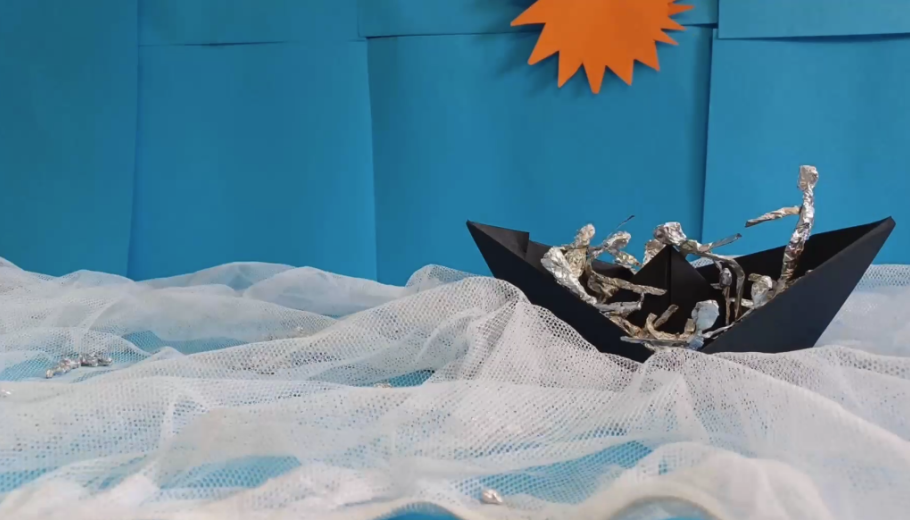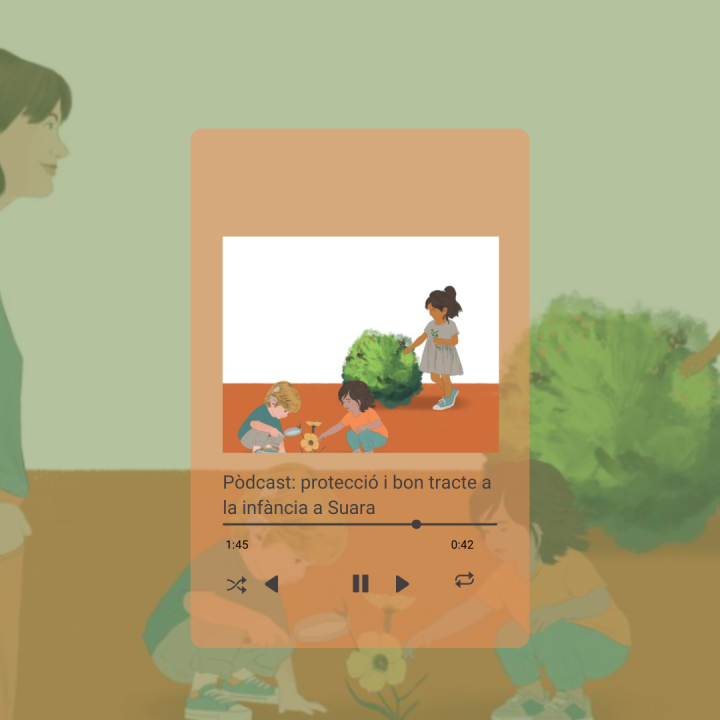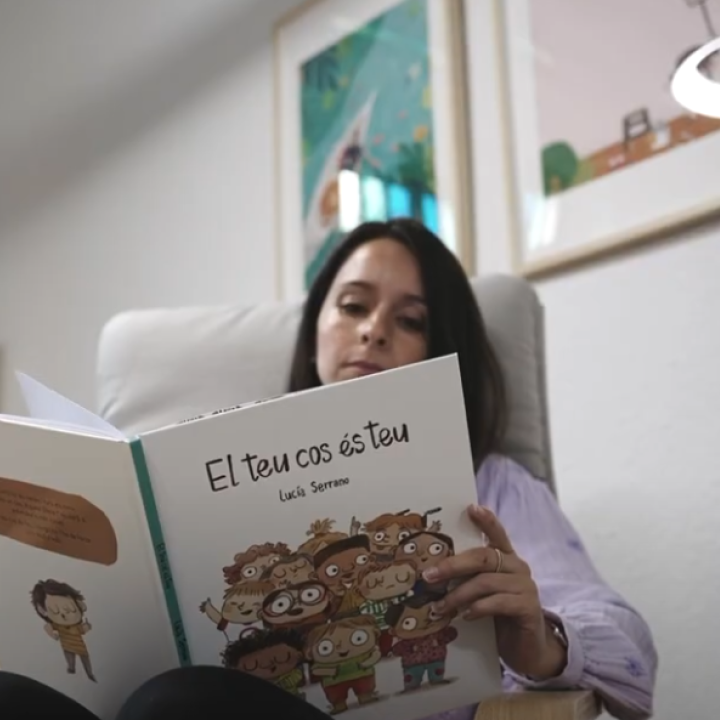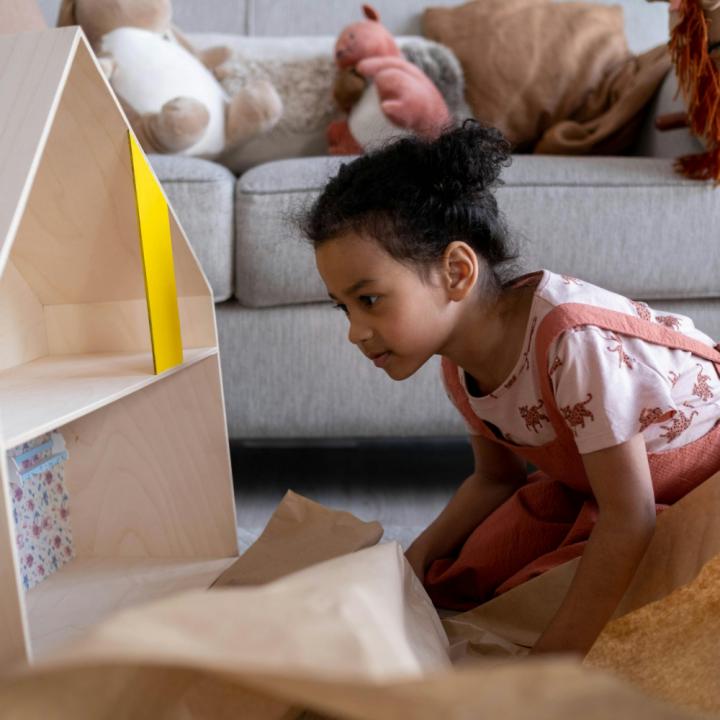From Coll de Dalt, Emergency Protection Service for young migrants alone, we are concerned about the emotional state in which they arrive after a long journey. A migration, mostly, surrounded by dangers and quite traumatic situations that forces us from the responsibility and care of the other to find spaces to channel the emotions derived from these situations.
The heart of the intervention starts from the bond, because without it, the accompaniment becomes sterile, without any positive or facilitating effect. It is for this reason that we encourage individual meetings, assemblies, active listening, the reduction of clichés and stereotypes and, as far as possible, the empathic intention.
From the beginning of the Service, the technical team has counted on the figure of Psychology, who from a humanistic approach has centered all interventions on the person, developing safe spaces of emotional openness, group spaces of accompaniment and strategies and tools to combat the states of anguish derived from emotional suffering.
That is why, when two months ago we had the opportunity to receive an offer for an art workshop based on Waldorf pedagogy, I didn't think twice. This program, which employs pictorial and audiovisual techniques, aims to use the tools of art therapy to achieve the following objectives:
- To create an opportunity through art that will have an impact on the health and self-esteem of those who practice it. To accompany emotionally with color.
- Generate beauty and emotional warmth.
- To attend to individuality.
This set of pedagogical principles applied to artistic expression allows the channeling of many blocked emotions that are often difficult to express verbally, especially because when they are in an emergency center they are young people who have just arrived in the country and do not speak either Spanish or Catalan. So, beyond how painful it can be to relive these emotions through words, the language barrier also hinders their expression. So now, through art, they have found a space for expression and channeling of emotions in which language is not required, but the paintbrush and the video.
Project implementation
In addition, the young people have created a lot of works, which have ended up crystallizing in an exhibition that we have done in the local Núria Social de Olot, in the center of the city, from 19 to 28 September where the general public has been able to attend. This has served to further increase their self-esteem because people they do not know have valued their art.
Also, this week, the short film made by the young migrants was broadcasted in a presentation ceremony that also took place at the Núria Social. In it, they talk about the traumatic experiences they have suffered in their migration process, as well as the reasons for their journey: fleeing the violence they lived with in their countries or the search for a dream of a better life for them and their families.
One of the most moving moments, without a doubt, is when one of the witnesses relates how he experienced a gale while trying to cross the Strait of Gibraltar. "I saw mothers and children die. On the patera, I thought it was all over for me. When I set my feet in Spain, I knew that the patera is death," narrates the voice of one of the witnesses in the video.
Thus, as we have seen with this workshop, the young migrants have been able to channel their emotions and suffering, as well as recount their traumatic experiences. For this reason, it seemed relevant to us to be able to share our experience and this good practice that helps to maintain meaningful interventions and accompaniment from an artistic and person-centered approach.




